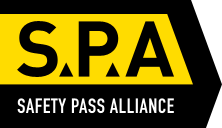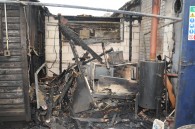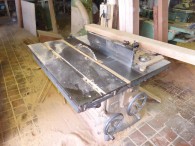HSE publishes draft guidance in preparation for the Construction (Design and Management) Regulations 2015
- Date:
- 9 January 2015
The Health and Safety Executive (HSE) has today published draft guidance on the legal requirements in the Construction (Design and Management) Regulations (CDM 2015).
Subject to parliamentary approval CDM 2015 will come into force on 6th April 2015. These will replace the existing CDM 2007 regulations.
The guidance is designed to help anyone who has duties under the regulations to prepare in advance and can be found on HSE’s website at http://www.hse.gov.uk/pubns/books/l153.htm
Philip White, Chief Inspector of Construction said:
“The guidance may be subject to change while the regulations are awaiting parliamentary approval but we want duty holders to have the opportunity to familiarise themselves with the main requirements before they come into force.
In addition we have worked with the industry to produce guidance to assist small businesses. Both sets of guidance complement each other and will help anyone affected by CDM 2015 to prepare for the changes in the law.”
Links to the draft industry guidance also published today can be found athttp://www.hse.gov.uk/pubns/books/l153.htm
(ends)
Notes to Editors
1.HSE has published draft Legal (L) Series guidance on the legal requirements in CDM 2015. The Regulations and the guidance may be subject to change while the Regulations are awaiting Parliamentary approval. The final versions of both will be available on 6th April 2015.
2. A series of industry guides for dutyholders and one for workers have also been produced by industry groups set up by the Construction Industry Advisory Committee (CONIAC). These provide practical guidance for SME businesses on the actions required of them to deliver a safe and healthy construction project.
3. The Health and Safety Executive (HSE) is Britain’s national regulator for workplace health and safety. It aims to reduce work-related death, injury and ill health. It does so through research, information and advice, promoting training; new or revised regulations and codes of practice, and working with local authority partners by inspection, investigation and enforcement.www.hse.gov.uk





















